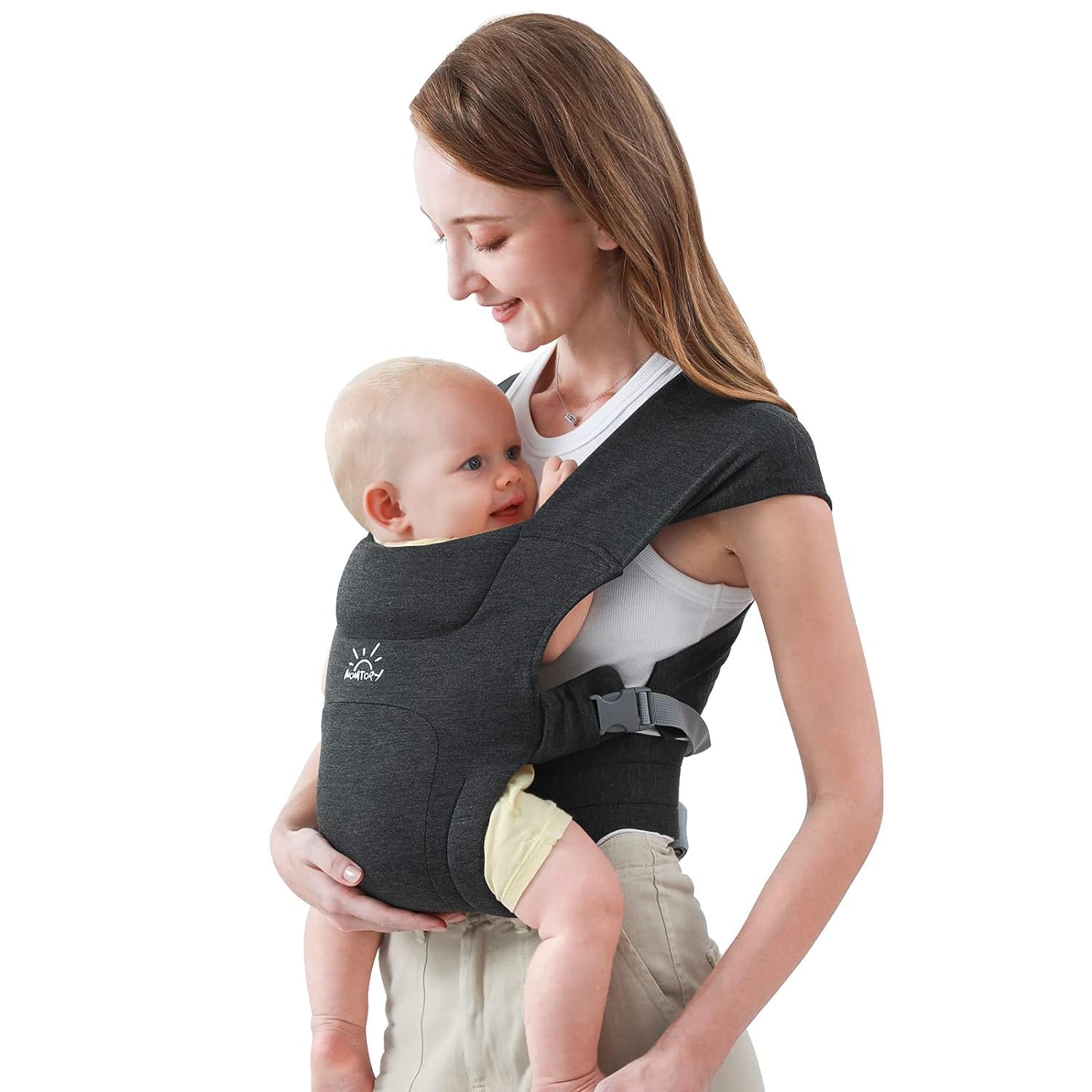The Ultimate Guide to Wearing an Ergo Baby Carrier Safely
Introduction: Why Proper Babywearing is Essential for Parents
When it comes to keeping your baby close while freeing your hands, baby carriers have become an invaluable tool for parents. Among the most popular is the Ergo Baby Carrier, known for its ergonomic design and comfort. But wearing it incorrectly can lead to discomfort or even safety risks for both you and your baby. In this ultimate guide, we’ll cover everything you need to know about safely wearing an Ergo Baby Carrier, helping you avoid common mistakes while ensuring both comfort and security.
1. Choosing the Right Ergo Baby Carrier for Your Baby
Before diving into the proper techniques for using the carrier, it’s crucial to pick the right model for your baby. Ergo Baby Carriers come in various styles designed for newborns, infants, and toddlers. Here’s how to choose the right one:
- Consider your baby’s age and weight: Newborns typically require carriers with extra head and neck support, while toddlers need more robust carriers to handle their increased weight.
- Adjustability is key: Make sure the carrier you choose offers adjustable straps and buckles so that it can grow with your child.
- Comfort for both parent and baby: An ergonomic design is crucial to ensure that both you and your baby remain comfortable, even during extended use.
Long-tail keyword: how to choose the best baby carrier for newborn
2. Step-by-Step Instructions: How to Wear the Ergo Baby Carrier Safely
Ensuring your baby is positioned safely in the Ergo Baby Carrier is vital. Here is a step-by-step guide to help you achieve the best fit:
Step 1: Adjust the Straps and Waistband
Before placing your baby in the carrier, adjust the straps and waistband to fit snugly around your body. The carrier should sit comfortably on your hips, with the shoulder straps distributed evenly.
Step 2: Position Your Baby Correctly
For newborns, use the newborn insert to offer extra support. Ensure your baby’s legs are in the M-position, with their knees higher than their bottom. This is critical for healthy hip development and will keep your baby comfortable.
Step 3: Secure the Buckles and Straps
Once your baby is in the correct position, fasten all the straps and buckles securely. Always double-check that everything is snug but not too tight, ensuring your baby can still breathe comfortably.
Long-tail keyword: how to wear an Ergo Baby Carrier safely
3. Common Mistakes to Avoid When Using an Ergo Baby Carrier
Wearing a baby carrier may seem straightforward, but many parents make common mistakes that can lead to discomfort or safety risks. Here are some errors to watch out for:
- Positioning the baby too low or too high: Your baby’s head should be close enough for you to kiss the top of their head easily, but not too high that it puts pressure on your neck.
- Ignoring strap adjustments: Loose straps may cause your baby to shift into an unsafe position, while overly tight straps can restrict airflow or circulation.
- Overlooking regular safety checks: Always inspect your carrier before each use for any signs of wear or tear, including frayed straps or worn-out buckles.
Long-tail keyword: common mistakes using baby carriers
4. How to Choose the Right Carrying Position: Front, Back, and Hip Carry
One of the reasons parents love the Ergo Baby Carrier is its versatility in offering multiple carrying positions. Here’s how to choose the safest position based on your baby’s age and needs:
- Front Carry (Newborn to 6 months): Ideal for younger babies who need head and neck support. Keep your baby facing inward for proper spine alignment.
- Back Carry (6 months+): Suitable for older babies and toddlers with good head control. This position distributes your baby’s weight more evenly across your back, reducing strain on your shoulders.
- Hip Carry (6 months+): This position allows for a more natural seating posture for your baby and is excellent for short-term wearing.
Always ensure your baby’s hips are in the M-position in any carry style to promote healthy hip development.
Long-tail keyword: best carry positions for Ergo baby carrier
5. Safety Tips for New Parents: Ensuring Long-Term Use
The key to safely using an Ergo Baby Carrier is not just following the initial setup but also performing regular safety checks and maintenance. Here are some tips to keep in mind:
- Inspect the carrier regularly: Look for signs of wear and tear, especially on the buckles and straps. If anything looks worn or frayed, stop using the carrier until it’s repaired or replaced.
- Pay attention to your baby’s cues: Babies should be comfortable in the carrier at all times. If your baby seems fussy or uncomfortable, double-check their positioning and ensure nothing is pinching or pressing too hard.
- Limit long stretches in the carrier: While babywearing is convenient, it’s essential to give your baby breaks, allowing them to move freely outside of the carrier to avoid strain on their developing muscles and joints.
Long-tail keyword: baby carrier safety tips for new parents
Long-tail keyword: how to wear an Ergo baby carrier safely
6. Final Thoughts: Maximizing Safety and Comfort in Babywearing
Wearing an Ergo Baby Carrier offers unparalleled convenience for parents while promoting bonding with your baby. However, it’s vital to prioritize safety and comfort by following proper guidelines. Always ensure your baby is positioned ergonomically, and regularly check the carrier for signs of wear. With the right precautions, you can enjoy the benefits of babywearing without compromising your baby’s well-being.
This SEO-compatible blog focuses on using long-tail keywords naturally throughout the content while also providing practical advice for parents. This structure and content aim to rank well for relevant search queries and improve user engagement on your blog.
Conclusion:
By following these essential tips and avoiding common mistakes, you can confidently use your Ergo Baby Carrier while ensuring your baby’s safety and comfort. Babywearing offers a fantastic way to keep your child close while staying hands-free, but always prioritize safety through regular checks and adjustments.

